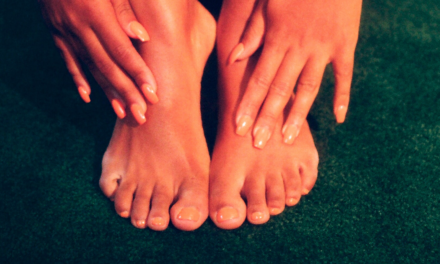I used to accidentally lean on my shoulders regularly, which explained why I would occasionally get shoulder pain. I thought it was extremely comfortable, but it leads to tightness within your shoulders. The tightness makes you more prone to posture-related issues, back pain, and lower back tightness that can lead to various more issues. With the discussion of this topic, I hope people will stop leaning on their shoulders as it results in relief throughout your whole body.
Since I was going to the gym at the time to work on concentric and isometric exercises with my trainer, I would complain of having shoulder pain. I would need to work on my shoulders in the massage and spend much more time stretching it and rolling it out. It led to overall tightness in my back that required numerous hours of stretching and other recovery methods to suppress. At one point, my dad suggested that this was because I lean on my right shoulder far too much. My physical therapist gave me numerous back exercises that have worked to reduce the tightness that I still feel today. Leaning on your shoulder merely intensifies the tightness and leads to overall discomfort within your body.
One major thing that it does cause is that your shoulders are what people call “hunching forward.” That is one of the symptoms of having muscular dystrophy in the first place and is something you want to avoid. By refraining from developing this habit, you will have a better posture walking, in a wheelchair, lying down, and many more things. Posture is probably the most important thing for you to maintain as it can prevent your body from being in pain.
From my understanding, the tightness in your shoulders pulls on the neck muscles that contribute to neck pain. This can lead to things like an inability to sleep, tightness in your neck, and into the muscles all over your face. The neck muscles and shoulder muscles pull onto your upper back, which leads to tightness in the lower back and hip area. This can cause postural issues, increased difficulty of walking, and joint stiffness. The tightness contributes to hamstring and quad tightness as the tightness from the back and hips pulls on these muscles. This can cause your pelvis to rotate to a higher degree that would continue to cause discomfort throughout your body. The domino effect continues as it leads to tightness throughout your entire body that you want to avoid.
The main idea is that you should avoid leaning on your shoulders as it can cause numerous problems that are unnecessary. After refraining from it, I have been free from shoulder pain for the last few years, which has dramatically improved my posture. I experience less pain in my back, can walk further distances, maintain better posture when I am sitting down, and have less tightness in my shoulders. After I stopped, I spent a few hours each day stretching in an attempt to reduce the tightness caused by the several years I spend leaning on my shoulders. You must stop doing this as it is challenging to fix and accounts for inflammation in the body.
If you also experience the same shoulder tightness that may or may not be due to this idea, it is essential to stretch and roll out daily to reduce it. It lets you feel much freer and encourages you to have a better posture that can have numerous positive impacts. Some Yoga Positions help reduce this specific tightness, including the Childs pose, Cat-Cow Pose, and Cobra pose. The instructions for the Cat-Cow pose and Cobra pose are in the link that I inserted into the pose’s names. Childs pose involves leaning back on your legs as they are about hip-length apart from each other and have your toes touching. You will extend your arms as far as you can in the forward direction when you exhale while keeping your hips in the same spot as you begin. Childs pose is one of my favorites and allows me to feel the stretch within my shoulders and upper back. Hopefully, these stretches can help reduce tightness and that this blog has helped you realize to stop leaning on your shoulders as you will appreciate it in the long run.





